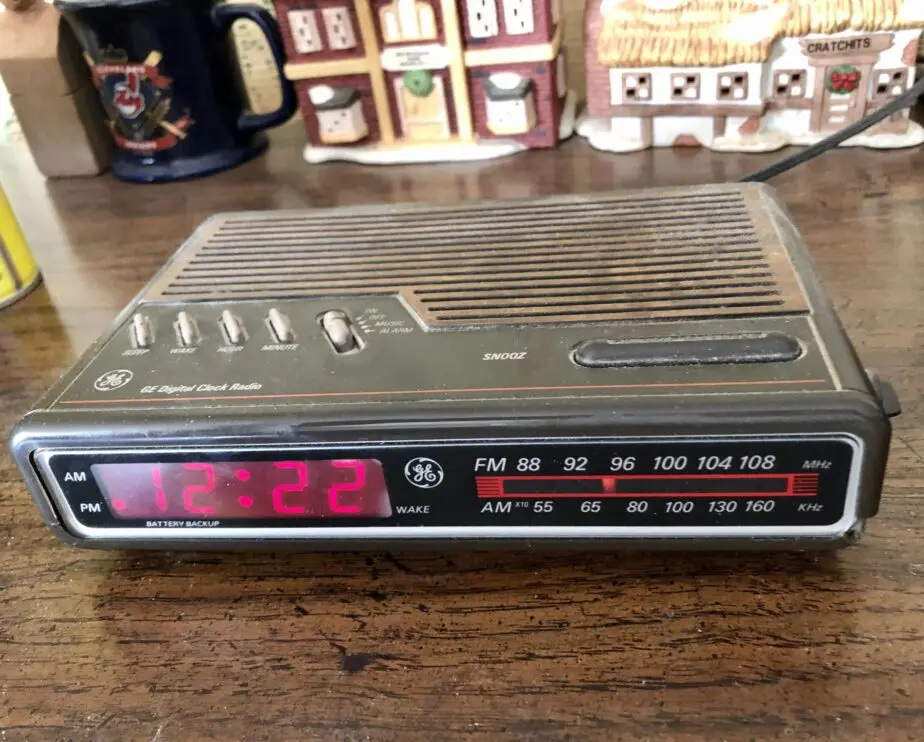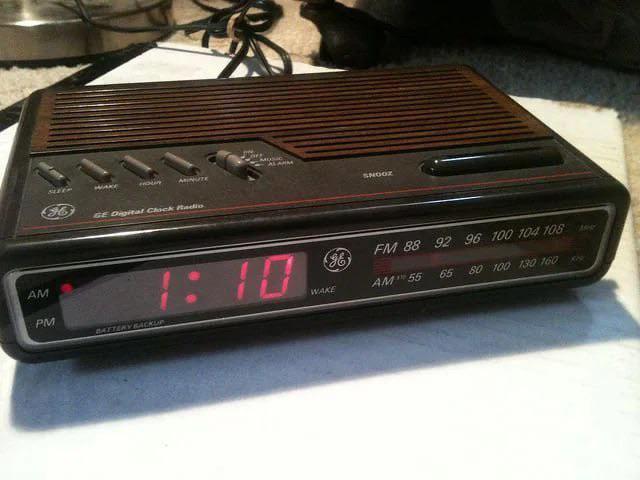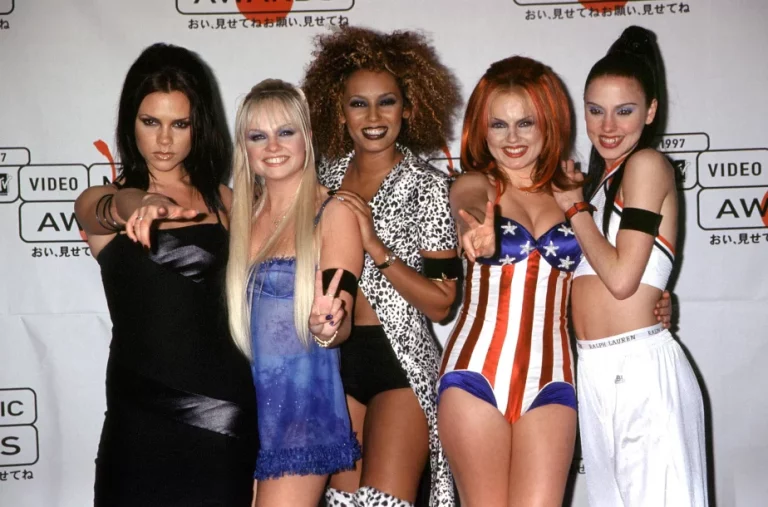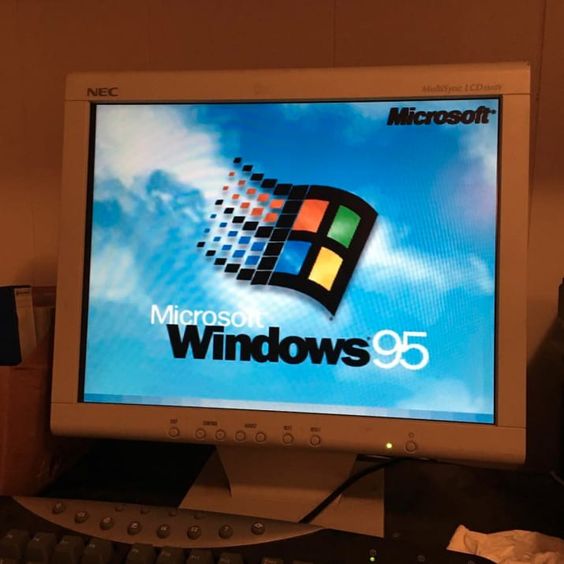
For decades, the glowing numerals of a General Electric alarm clock were a familiar sight on nightstands across America and beyond. More than just a way to rouse sleepy heads, GE alarm clocks were a part of daily life, evolving with technology and design trends, and for many, becoming a nostalgic icon. Let’s journey through the history and lasting appeal of these timekeeping mainstays.
The Dawn of Electric Time: GE and Telechron’s Innovation
The story of GE alarm clocks is deeply intertwined with the pioneering work of Henry Warren and his company, Telechron. In the early 20th century, Warren developed the self-starting synchronous motor, a groundbreaking innovation that made electric clocks accurate and reliable by synchronizing with the frequency of the power grid.
General Electric, recognizing the immense potential, invested in Telechron as early as 1917 and eventually acquired a controlling interest. This partnership brought electric clocks, including alarm clocks, into the mainstream. Early models, often bearing both “General Electric” and “Telechron” on their dials, were celebrated for their precision – a significant leap from wind-up mechanical clocks. A notable feature on some of these early electric clocks was a power failure indicator, often a small red dot that would appear if the electricity supply had been interrupted, prompting the user to reset the time.
Evolution of an Icon: Design and Features Through the Decades
Throughout the mid-20th century, GE alarm clocks mirrored the design aesthetics of their times:
- Art Deco and Streamline Moderne: Early electric models often featured stylish Bakelite or wood casings, reflecting the popular Art Deco and Streamline Moderne designs of the 1930s and 40s.
- Mid-Century Modern: The post-war era saw clocks with cleaner lines and new materials, fitting into the optimistic and modern households of the 1950s. It was during this period, around the mid-1950s, that Telechron (by then fully integrated with GE) introduced one of the most indispensable alarm clock features: the snooze button. This simple yet revolutionary addition forever changed how the world woke up.
- The Rise of the Clock Radio: GE became a dominant player in the clock radio market. Models combining an AM/FM radio with an alarm clock became ubiquitous. The ability to wake up to music or news instead of a jarring buzzer was a welcome innovation.
- Digital Displays and 70s/80s Aesthetics: The 1970s and 1980s saw the widespread adoption of digital displays, often with bright red or green LED numerals. GE alarm clocks from this era frequently featured faux woodgrain finishes and a boxier design, such as the popular and now iconic 7-4612 series. These models are often what many picture when they think of a “vintage GE alarm clock.” Features like dual alarms and battery backup for power outages also became common.
Shifting Tides and Enduring Nostalgia

As manufacturing trends changed and competition increased, GE, like many other electronics giants, shifted its production strategies. While the company continued to produce alarm clocks, the focus sometimes moved towards more economical builds, with plastic increasingly replacing wood or Bakelite.
Despite these shifts, the reputation for reliability, particularly of the older Telechron-powered and early electronic models, cemented a lasting legacy. Today, vintage GE alarm clocks are sought after by collectors and those seeking a touch of retro charm for their homes. Their enduring appeal lies in:
- Nostalgia: For many, these clocks are a tangible link to the past, evoking memories of childhood bedrooms or family homes.
- Reliability (of Vintage Models): Well-maintained vintage GE alarm clocks, especially the electro-mechanical ones, are often still functional decades later, a testament to their original build quality.
- Aesthetic Appeal: The distinct designs of different eras, from Art Deco elegance to 70s “woodgrain” chic, have a strong decorative appeal.
- Simplicity: In an age of complex smart devices, the straightforward functionality of a classic alarm clock radio holds a certain charm.
GE Alarm Clocks Today
While you can still find alarm clocks bearing the GE brand name on store shelves and online, these are often manufactured by other companies under a licensing agreement. The focus of General Electric as a corporation has largely moved away from consumer electronics like alarm clocks. There isn’t the same direct innovation in this specific market from GE as there was in the 20th century.
However, the impact GE had on popularizing the electric alarm clock and the clock radio is undeniable. From the revolutionary synchronous motor to the beloved snooze button, GE played a pivotal role in shaping how we wake up.
So, the next time you see a vintage GE alarm clock at a flea market or antique store, take a moment to appreciate it. It’s more than just an old clock; it’s a piece of design history and a reminder of a time when the gentle hum of an electric motor and the glow of its display were the trusted guardians of our mornings.









